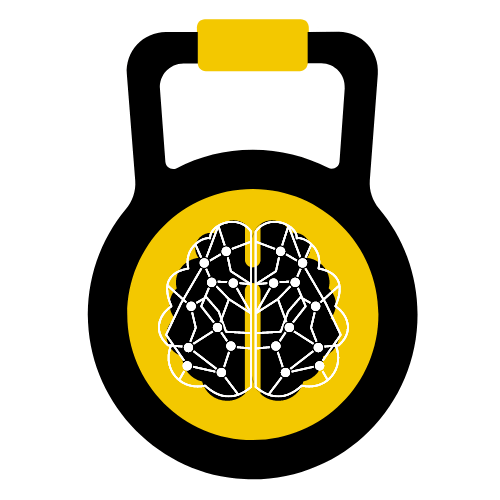If you’ve handled hot peppers without gloves while you were cooking, there’s a good chance you’ve gotten pepper oil on your skin or under your fingernails.
Capsaicin oil, the compound responsible for the spicy taste of peppers, tricks your nerves into sending strong pain signals to your brain.
If you’re not careful, capsaicin oil can linger on your skin and cause a painful burn.
But how long does capsaicin burn last? What can you do about it?
Here’s everything you need to know to make cooking with hot peppers less painful.
How Long Does Capsaicin Burn Last?
Left untreated, a capsaicin burn can last for minutes, hours, or days. The length of the burn is determined by how deeply the oil penetrated the skin and how concentrated it was.
Briefly, handling a jalapeno might result in a burn that lasts for a few minutes.
Handling hotter peppers for prolonged periods can result in a burn that persists for 72 hours after cleaning off the oil.
However, you can reduce the burn symptoms much more quickly through rapid treatment in most cases.
Capsaicin burns rarely require medical attention and can be treated with items you already have at home.
Proper care might not provide full, instant relief, but it can make your symptoms much more manageable and much faster.
How to Treat Capsaicin Burns?
The first step to treating a capsaicin burn is to thoroughly remove all traces of capsaicin oil from the skin.
Capsaicin oil will not rinse off with just water. It will, however, wash off with both hand and dish soap, alcohol, fatty oils, and milk.
For best results, thoroughly douse the affected area with one of these liquids and let it sit for a couple of minutes.
This will start to break down the capsaicin oil.
Next, wash the burn with soap and scrub thoroughly.
Repeat several times until you’re confident that the capsaicin oil has been fully removed.
If the burns are on your hands, filling a bowl with milk or vegetable oil can make this process quick since you can simply submerge your hands in between washes.
Don’t forget to scrub under your fingernails.
Here’s a list of everything that you can use to remove capsaicin oil from your skin
- Hand Soap
- Dish Soap
- Fatty Oils (like vegetable oils and lard)
- Alcohol (don’t put rubbing alcohol in your mouth!)
- Milk
- Acids (like vinegar or lemon juice)
- Bases (like a mild bleach solution or baking soda)
Read our entire guide on how to get capsaicin off your hands.
How to Treat Deeper Burns from Capsaicin on the Skin?
Capsaicin oil can seep into your skin over time.
If this has happened, you’re unlikely to fully remove the burning sensation via the method above.
It’s still important to remove oil from the surface of your skin to prevent further exposure.
Unfortunately, there’s not much you can do for a capsaicin burn other than wait.
Aloe vera and calamine lotion can help.
Apply whichever one is handy, wrap the affected area (or put on gloves), and wait.
Capsaicin tricks your nerves into reporting pain.
This means that it’s incredibly painful, but it also means that there’s a very low chance of actual damage from a capsaicin burn.
Still, if you think your burn is severe, call a doctor to double-check that there are no complicating circumstances.
How to Avoid Capsaicin Burns?
If you think you’ve been exposed to capsaicin oil, quick treatment with any of the liquids above can help neutralize the oil before it seeps in deeply.
To avoid burns entirely, use rubber gloves when you handle hot peppers.
Latex gloves won’t fully block the capsaicin oil.
This means that only rubber gloves will prevent burns and keep your hands safe.
Related Articles about Capsaicin

